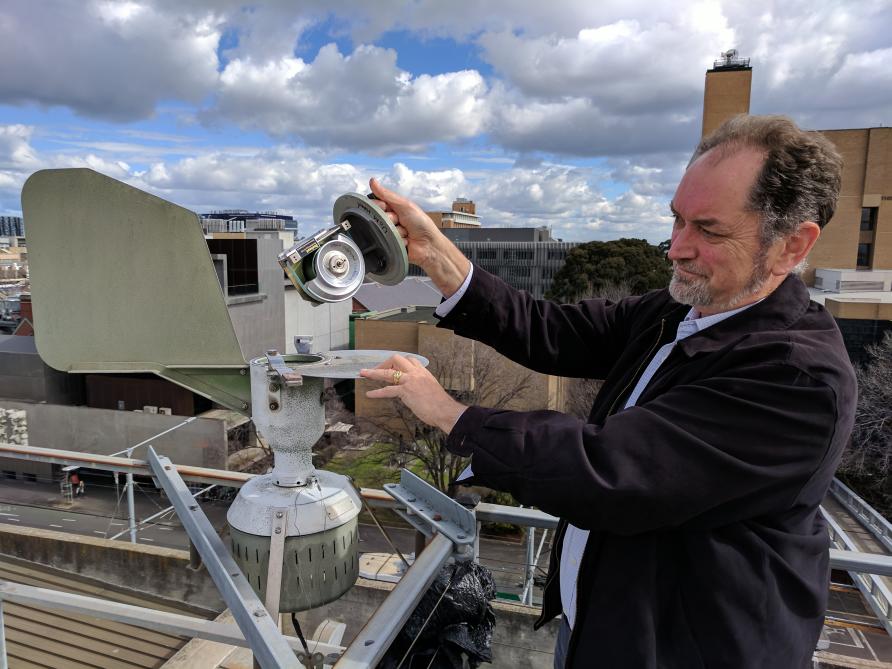This year’s dry winter is good news for Melbourne’s hay fever sufferers, but after last year’s thunderstorm asthma event claimed nine lives, there are never any guarantees when it comes to pollen.
As Melbourne slowly moves from winter into spring, most locals look forward to putting away their winter coats and spending more time outdoors, enjoying the longer, warmer days.
But for hay fever sufferers, spring means pollen – especially grass pollen. This can trigger serious allergies in many, and in rare cases can be fatal. For hay fever sufferers and asthmatics, the Melbourne Pollen Count is an indispensable resource to help manage their symptoms and protect their health.
The University of Melbourne has been collecting grass pollen data for more than 20 years and, from the start of October through to the end of December, provides daily grass pollen forecasts.

Many people at risk of hay fever or asthma check the forecast so they can take preventative measures, like taking antihistamines, or staying indoors.
THIS YEAR’S OUTLOOK
Associate Professor Newbigin, who leads the Melbourne Pollen Count team, says it is hard to estimate the hay fever outlook for the coming pollen season because it is so dependent on local weather conditions, but the weather over winter offers an indication of how much grass there is likely to be.
“Winter has been drier and warmer than average, which means it will probably be a pretty poor grass pollen season,” he says.
Good news for hay fever sufferers, but it comes with a proviso.
“Last year we thought it would be an average grass pollen year, and it was,” says Associate Professor Newbigin.
“Except for that one period in late November, with thunderstorm asthma.”
WHEN HAY FEVER BECOMES DEADLY
Around 5:30 pm on November 21, 2016, a line of thunderstorms and showers that moved eastwards across Melbourne brought the health risks from hay fever and asthma into stark relief.

Thunderstorm asthma is thought to be triggered by a unique combination of high grass pollen levels and a certain type of thunderstorm. Grass pollen grains get swept up in the wind and carried for long distances. Pollen can break up and release tiny particles that are concentrated in the wind gusts that come just before a thunderstorm. These particles are small enough to be inhaled deep into the lungs and can trigger asthma symptoms, making it difficult to breathe.
Nine deaths have reportedly been associated with last year’s thunderstorm asthma event. At the time, hospitals, ambulance services and the health system generally was overwhelmed by thousands of people suffering severe asthma attacks.
Some of these people had never previously suffered an asthma attack, although they typically suffered from hay fever and were allergic to grass pollen.
“This was the worst thunderstorm asthma event ever, anywhere in the world, as far as we know,” says Associate Professor Newbigin.
“Every single ambulance in the state was on the road that night.”
THUNDERSTORM ASTHMA: A COMPLEX PROBLEM
As bad as November 21 was, it was far from Victoria’s first experience of thunderstorm asthma.
Dr Jeremy Silver, an atmospheric modeller in the School of Earth Sciences at the University of Melbourne, has been analysing historical asthma presentation data in Victoria.
“In Melbourne, we’ve identified at least six thunderstorm asthma events over the last 33 years,” he says.
Thunderstorm asthma usually occurs between late October and the end of November and is almost always associated with high grass pollen levels in the air.
